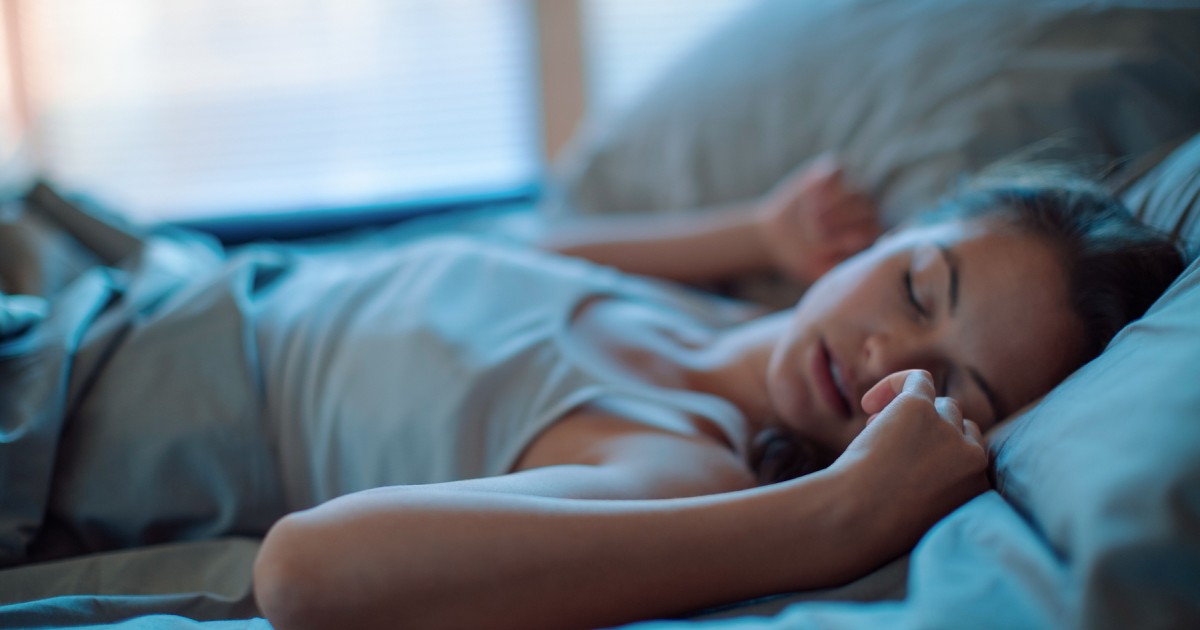Methods Of Treating Sleep Paralysis
Sleep paralysis is a condition that occurs when an individual is awake but feels unable to move. It comes on when individuals pass between the normal stages of sleep and wakefulness. During the body's transitions through the sleep-wake cycle, patients might be unable to speak or move for anywhere from a few seconds to several minutes. Some patients feel like they're choking or like there's pressure on their body. Sleep paralysis sometimes occurs alongside sleep disorders like narcolepsy, but it can also occur on its own. When caused by another disorder, treatment should focus on that disorder. However, there are treatment methods available when sleep paralysis occurs alone.
Learn about the treatment options available now.
Treat The Underlying Mental Health Condition

It's important to treat any underlying mental health condition that occurs alongside sleep paralysis. Sleep paralysis can be a very frightening experience. It sometimes manifests with hallucinations if a patient's brain hasn't yet realized they aren't still dreaming. In the past, this led researchers to believe sleep paralysis was caused by mental health issues like anxiety and depression. However, the research about this is mixed. Some studies indicate individuals with depression and anxiety might have a higher susceptibility to sleep paralysis, while other studies show no particular correlation. It's also possible sleep paralysis might cause depression or anxiety, not the other way around. Some researchers also believe individuals who experienced abuse early in life might be more susceptible to sleep paralysis.
Uncover more options for treating sleep paralysis now.
Treatment for Narcolepsy

Sleep paralysis is sometimes associated with narcolepsy, a chronic sleep disorder that causes excessive drowsiness during the day and random 'sleep attacks.' Narcolepsy patients may also have disturbed rest during the night. Sleep paralysis occurs when an individual is awake, but their body believes they're still in the REM stage of sleep. During REM sleep, the body paralyzes itself so individuals won't act out their dreams. The paralysis might also occur with hallucinations conjured by the brain because it believes it's still dreaming. Hallucinations that occur while individuals fall asleep are referred to as hypnagogic, and hallucinations that occur while they wake up are called hypnopompic. Narcolepsy is treated through lifestyle changes regarding sleep hygiene and diet, along with medication management. Stimulants help treat sleepiness by increasing an individual's wakefulness and focus. There are also antidepressants that can treat abnormal REM sleep symptoms like sleep paralysis and daytime cataplexy.
Learn more about treating sleep paralysis now.
Get Sufficient Sleep

One of the simplest ways to prevent and treat sleep paralysis is to get sufficient sleep. Irregular sleeping patterns have been shown to correlate with the condition. Some individuals might sleep irregularly because of shift work, jet lag, or other interruptions to their normal circadian rhythm. Sleep supplements like melatonin might help stabilize a disrupted circadian rhythm. It's important to try to go to sleep at around the same time each night. In addition, patients should attempt to get at least eight hours of sleep. It might help to make sure one's sleep environment is as comfortable as possible. The mattress should be the right firmness for their back, the blankets should be comfortable and not too hot, and the bedroom should be kept at a temperature of around sixty-five degrees Fahrenheit.
Continue reading to reveal more ways to treat sleep paralysis now.
Relieve Stress

If patients relieve stress in their day-to-day life, it might reduce the frequency and severity of sleep paralysis. Stress relief can improve sleep quality and also reduce physical complications from anxiety. There are multiple stress relief tactics individuals can use in their daily life. One is to set aside a few minutes to meditate each morning or evening. This involves calm breathing and a mental check-in with oneself. Breathing deeply is also helpful. If individuals breathe out for longer than they breathe in, they'll activate their parasympathetic nervous system. This system performs the opposite of the fight-or-flight response; it sends relaxation signals to the body and brain. It also helps to reach out to loved ones and others going through the same stresses. Laughter and music can also help release feel-good chemicals that reduce stress.
Keep reading for more details on how to treat sleep paralysis now.
Adjust Sleeping Position

Research indicates individuals who sleep on their backs may be more likely to experience sleep paralysis. This is especially true of those who already have a family history of the condition. If individuals sleep on their back, it's a good idea for them to adjust their sleeping position. Sleeping in other positions can also relieve symptoms of conditions like sleep apnea. Some patients may find sleeping on their stomach is the most comfortable option, while others prefer to sleep on their sides. If individuals can't get comfortable on their side or stomach, it may be because of the firmness of their mattress. With side and stomach sleeping, individuals sink further into the bed, so they need a little more cushioning. Getting a mattress topper can sometimes help.